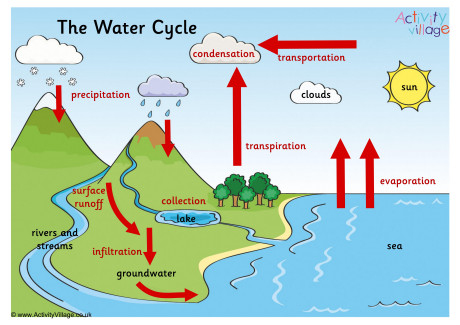
Today I would like you to try this science experiment. It’s a simple one that you can do at home and where you may be able to complete it by yourself (check with an adult). I have listed the materials and procedure below as well as some questions you can ask yourself. Please complete the worksheet or use a blank sheet of paper to record your observations and predictions.
To do this experiment you will need the items below which are the materials:
- small paper cups, bowl or an ice cube tray
- glass of water
- string (yarn or any other string)
- tape
- small stick or a fork or object that you could tape the string to so that you have a “fishing pole”
- salt
Here are the steps which is called the procedure:
- Fill the cup or tray up with water and place it in the freezer. You can also use ice cubes from your freezer and skip this step.
- When the water is frozen, remove the ice from the cup or tray.
- Put the ice in the glass or bowl of water. The cube will bob up and down in the water and then float on the top.
- Place one end of the string from the fishing pole on top of the ice cube and sprinkle salt on the ice where the string is touching.
BEFORE YOU START THIS EXPERIMENT, on this worksheet Science Experiment Report Template or a blank piece of paper, please fill out questions 1-4. AFTER YOU DO THE EXPERIMENT complete questions 5-6.
The science behind the experiment/Read this after completing the experiment:
Ordinary water freezes at (0°C/32° F). When you add salt to water, it lowers the water’s freezing temperature-it has to get colder than 0°C/32° F to freeze.
How much colder depends on how much salt is mixed in with the water. The salt you sprinkle on the ice cube lowers its freezing temperature and, since the ice cube can’t get any colder than it already is, it starts to melt. A little pool of water forms on top of the ice cube and the string sinks into it. As the ice cube melts, it dilutes the salt/water mixture in the little pool; the freezing point starts to go back up again. The ice refreezes, trapping the string. As soon as the ice cube hardens, you can raise it by lifting the string. All this happens very quickly, of course.
Try other materials like pepper or flour and see what happens! Is it only salt that works or do other substances have the same effect? Why?
